Little Girl In A Blue Armchair
Technique: Giclée quality print
Recommended by our customers
More about this artwork
"Little Girl in a Blue Armchair" by Mary Cassatt is a captivating painting that beautifully encapsulates the innocence and tranquility of childhood. This 1878 masterpiece illustrates a young girl lounging in a plush, blue armchair, her relaxed posture and bored expression suggesting a moment of youthful lethargy or contemplation.The composition is rich with texture and soft, harmonious color. The blue of the armchair, speckled with floral accents in muted tones, fills the scene, providing a calm, cohesive backdrop that contrasts subtly with the white of the girl’s dress adorned with delicate details. Her dark stockings and the tartan sash around her waist inject a touch of vivid color and pattern, drawing the eye and adding depth to the visual narrative.In the painting, there is also a small dog curled up in a similar armchair nearby, enhancing the intimate, serene atmosphere of the room. The presence of the dog beside her conveys a sense of companionship and comfort. The choice of furniture, the spill of natural light from the window in the background, and the overall soothing palette contribute to a snapshot of a quiet, reflective moment in a young child's day.Cassatt’s handling of the subject shows her exceptional skill in portraying domestic, everyday life with emotional depth and artistic sensitivity.
Delivery
Returns
Mary Stevenson Cassatt was an American painter and printmaker. She was born in Allegheny City, Pennsylvania (now part of Pittsburgh’s North Side), but lived much of her adult life in France where she befriended Edgar Degas and exhibited with the Impressionists. Cassatt often created images of the social and private lives of women, with particular emphasis on the intimate bonds between mothers and children.
She was described by Gustave Geffroy as one of "les trois grandes dames" (the three great ladies) of Impressionism alongside Marie Bracquemond and Berthe Morisot.In 1879, Diego Martelli compared her to Degas, as they both sought to depict movement, light, and design in the most modern sense.

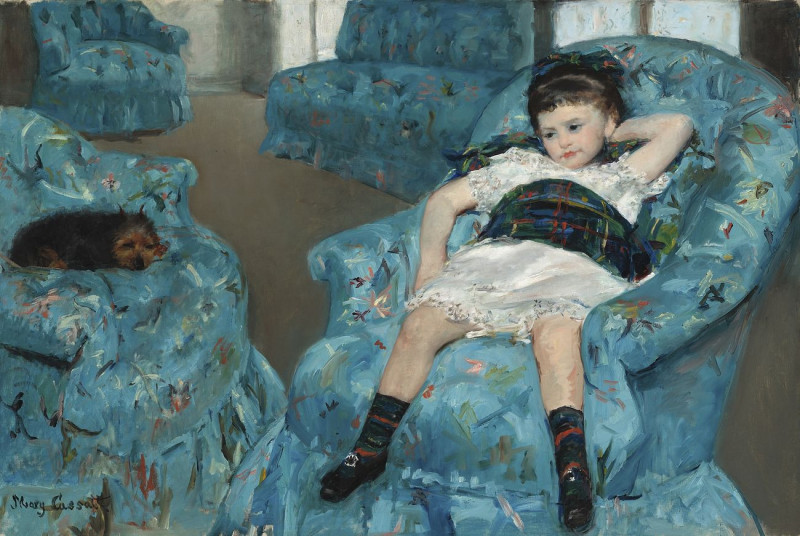
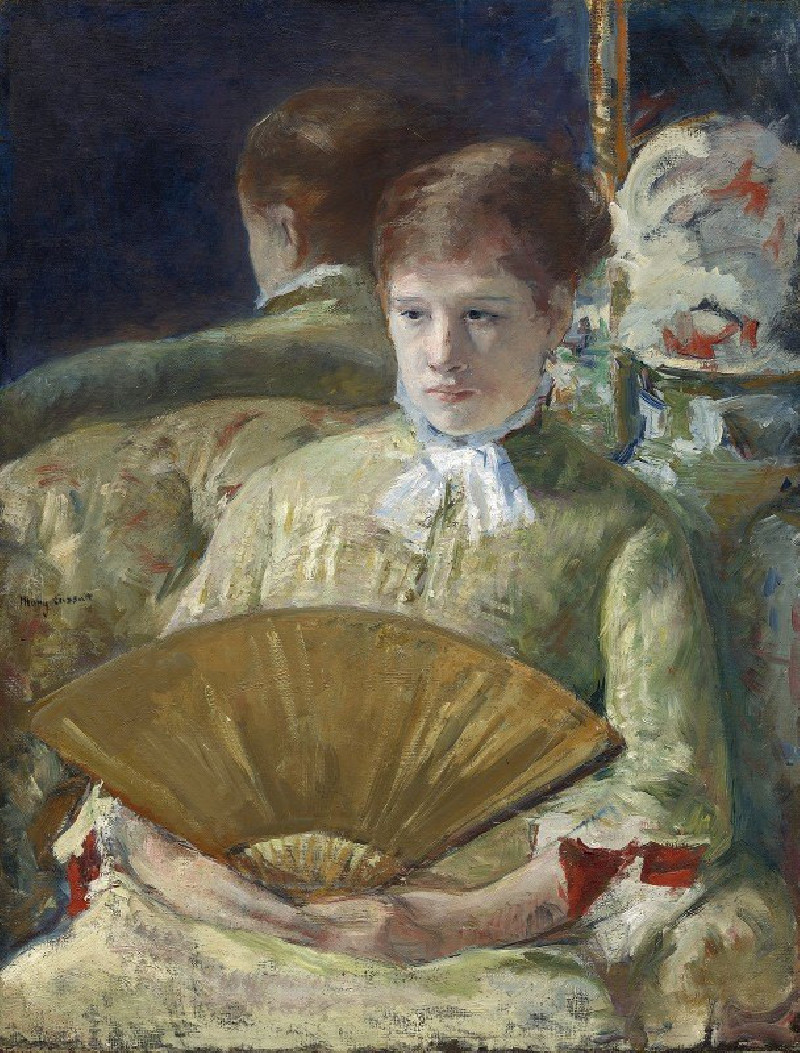
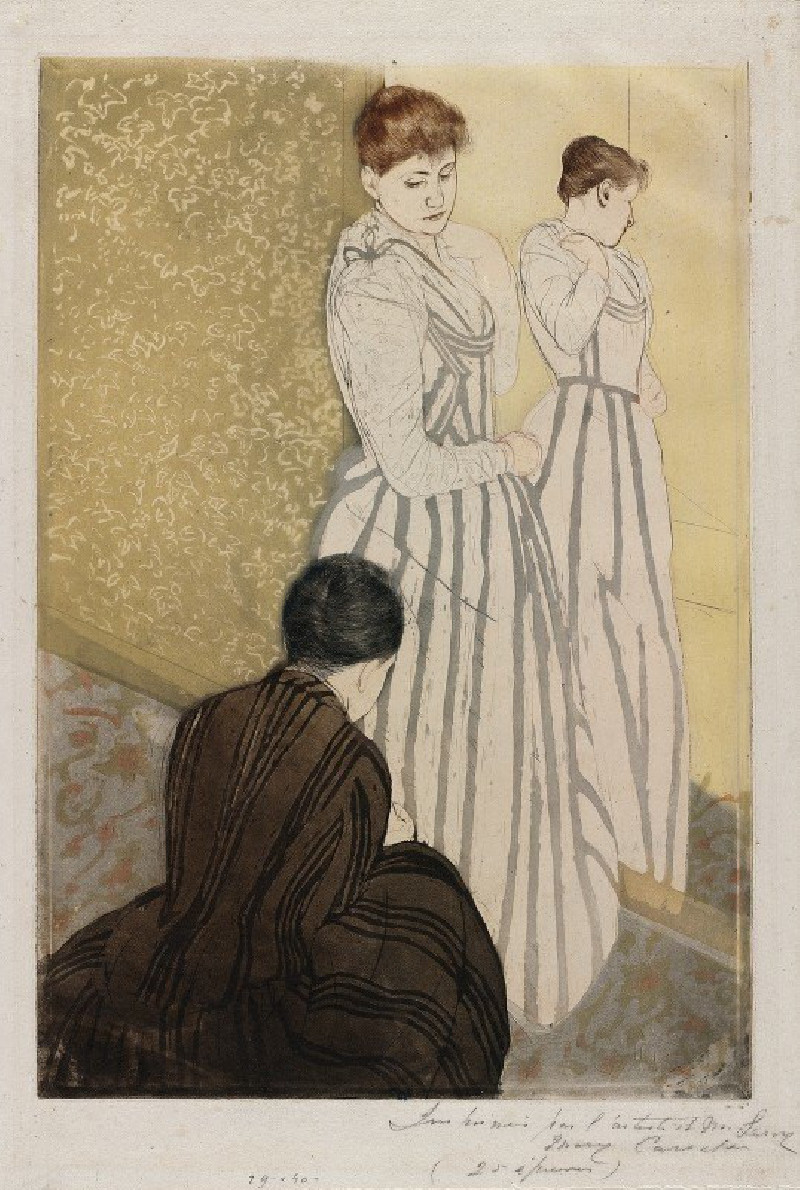
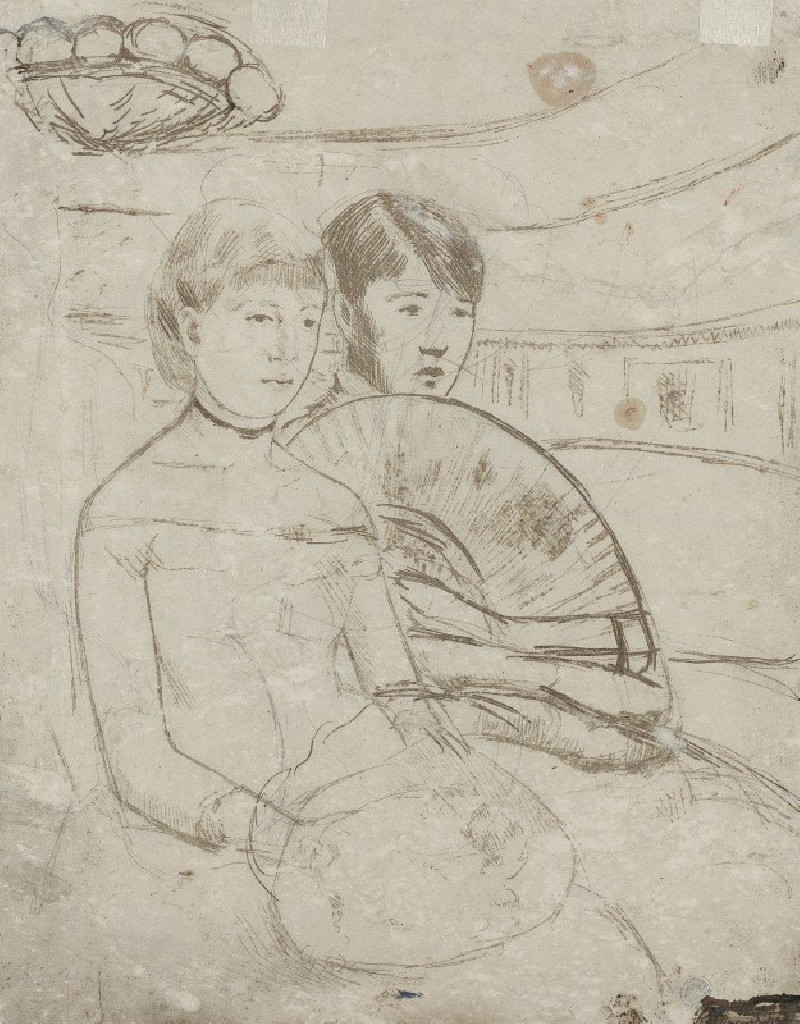
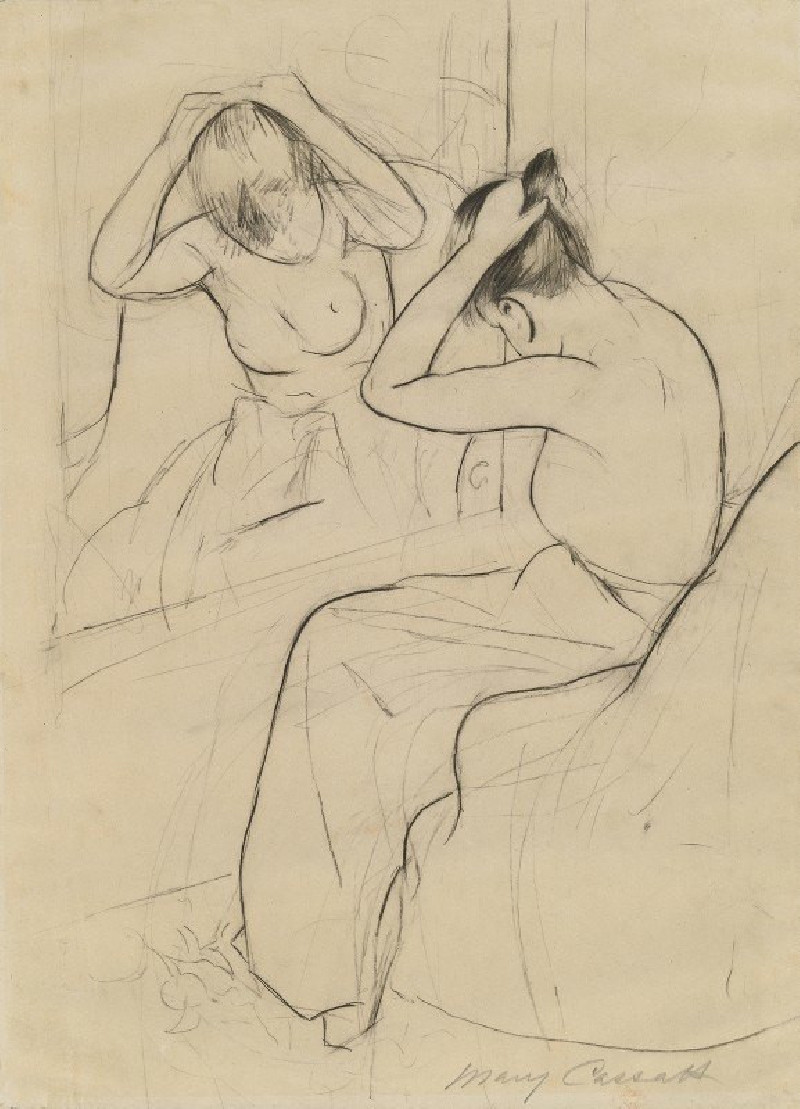



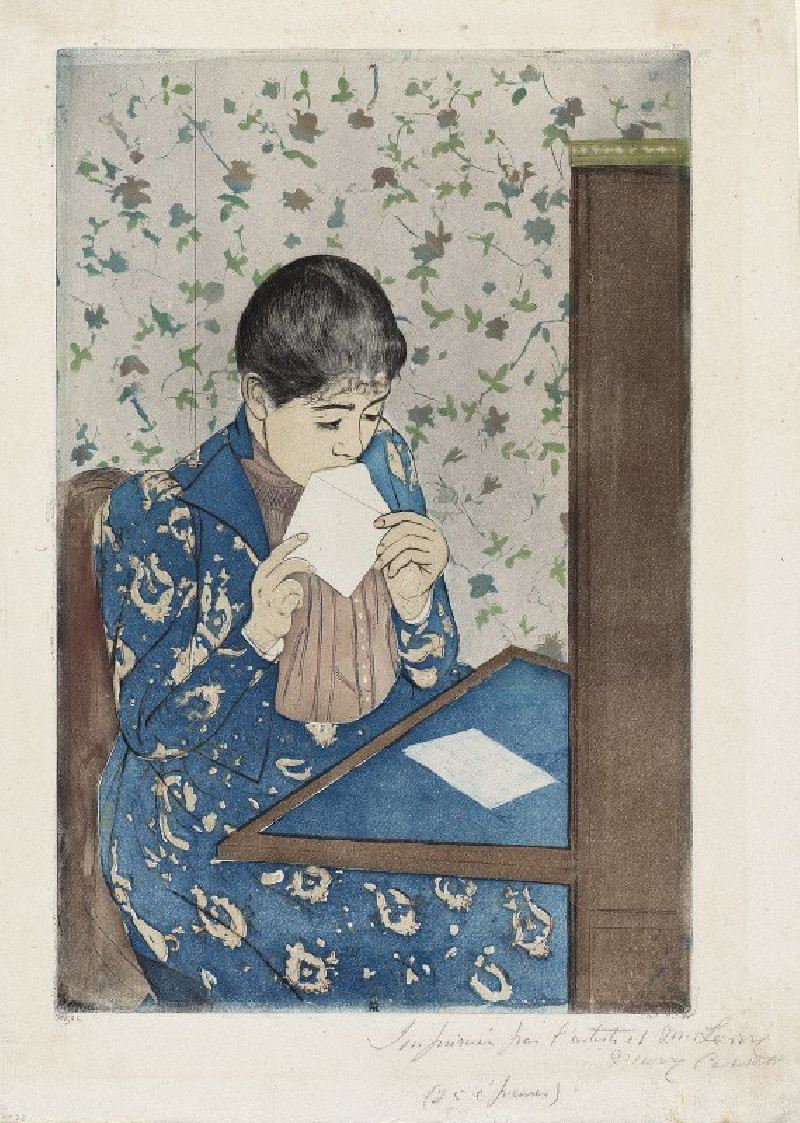
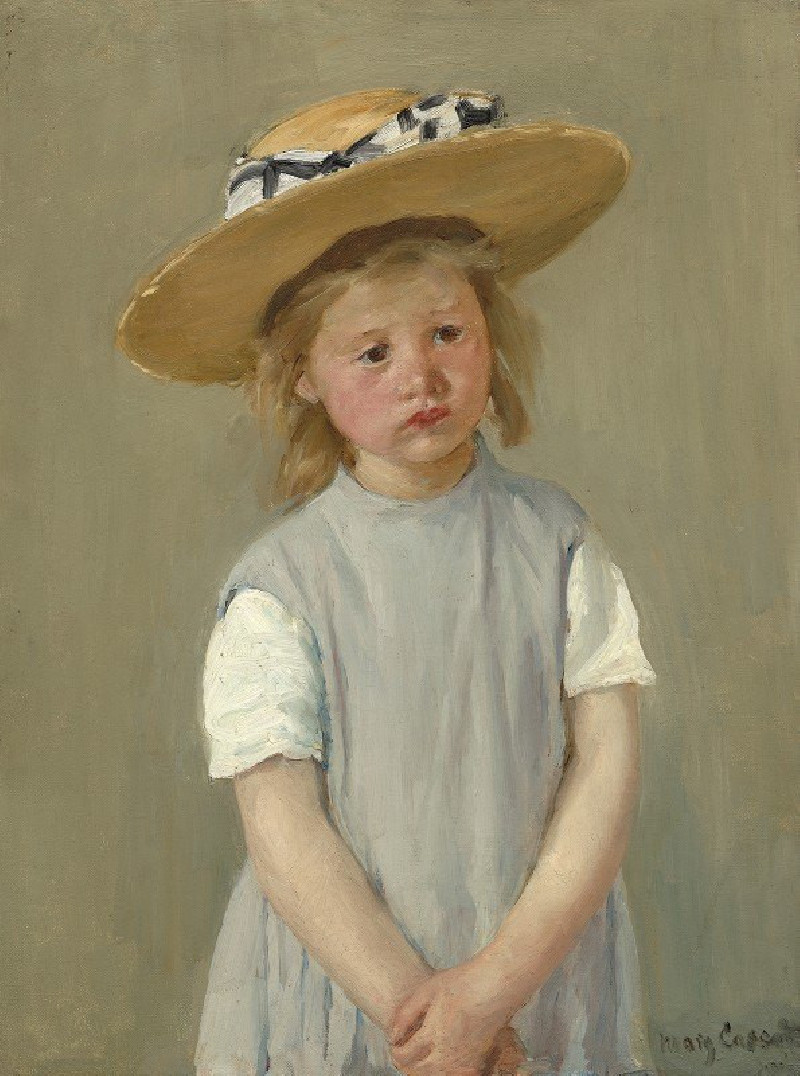
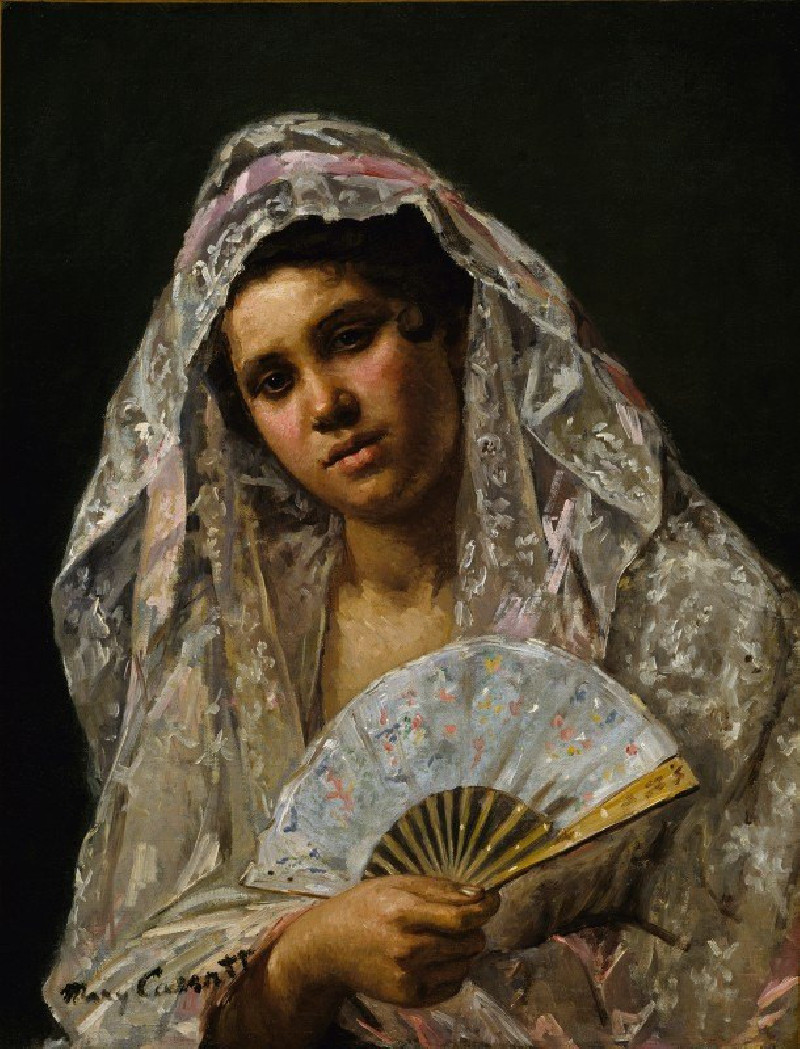
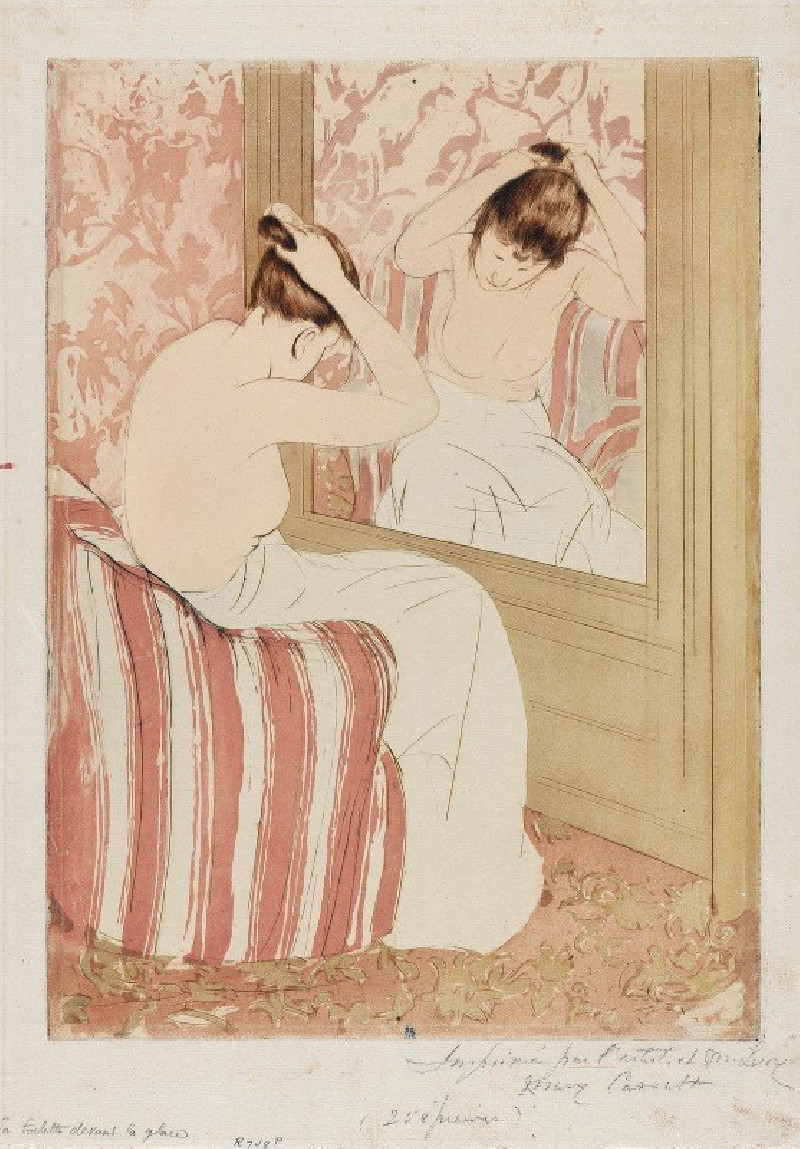
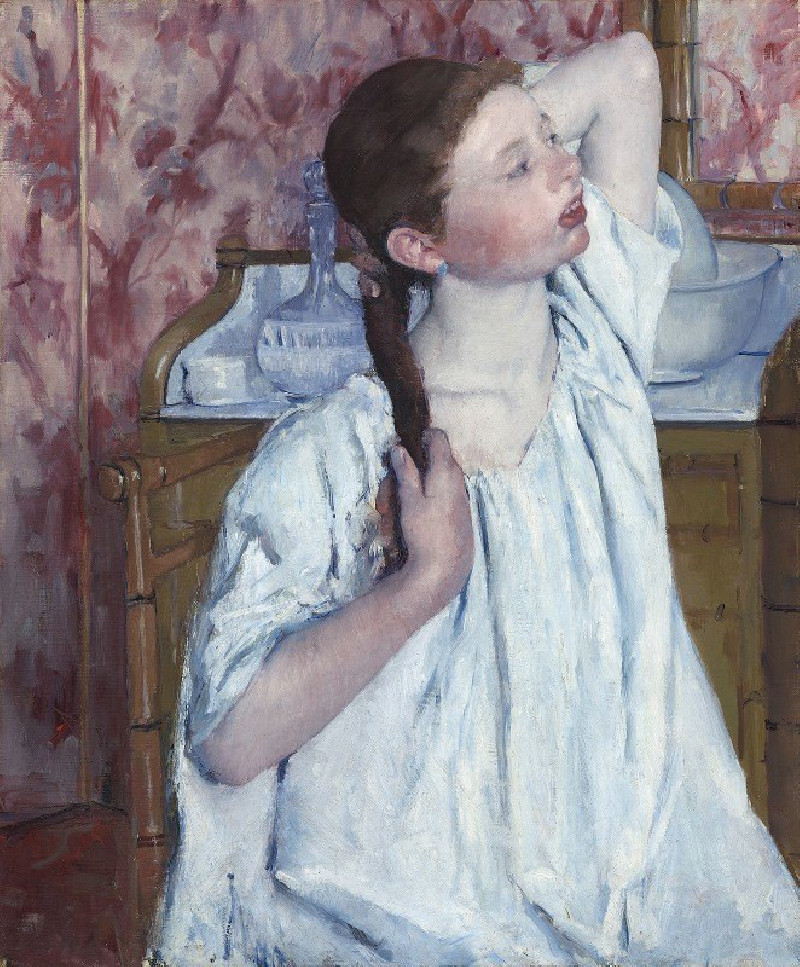
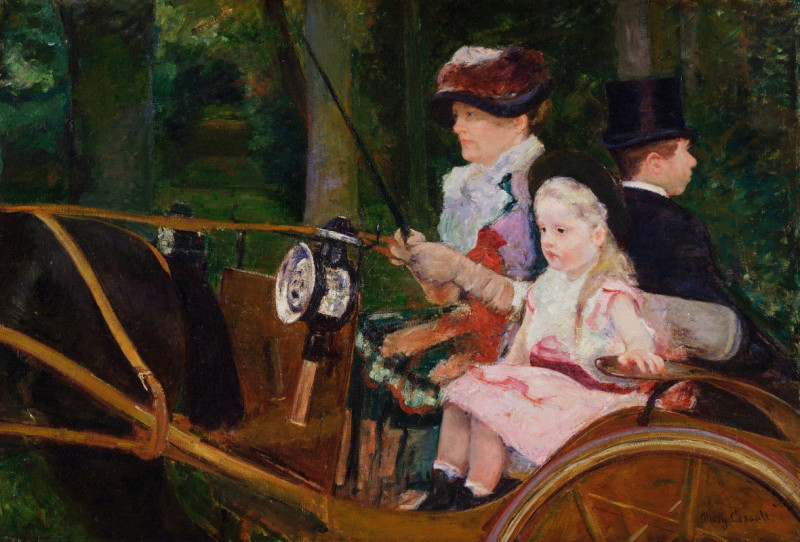

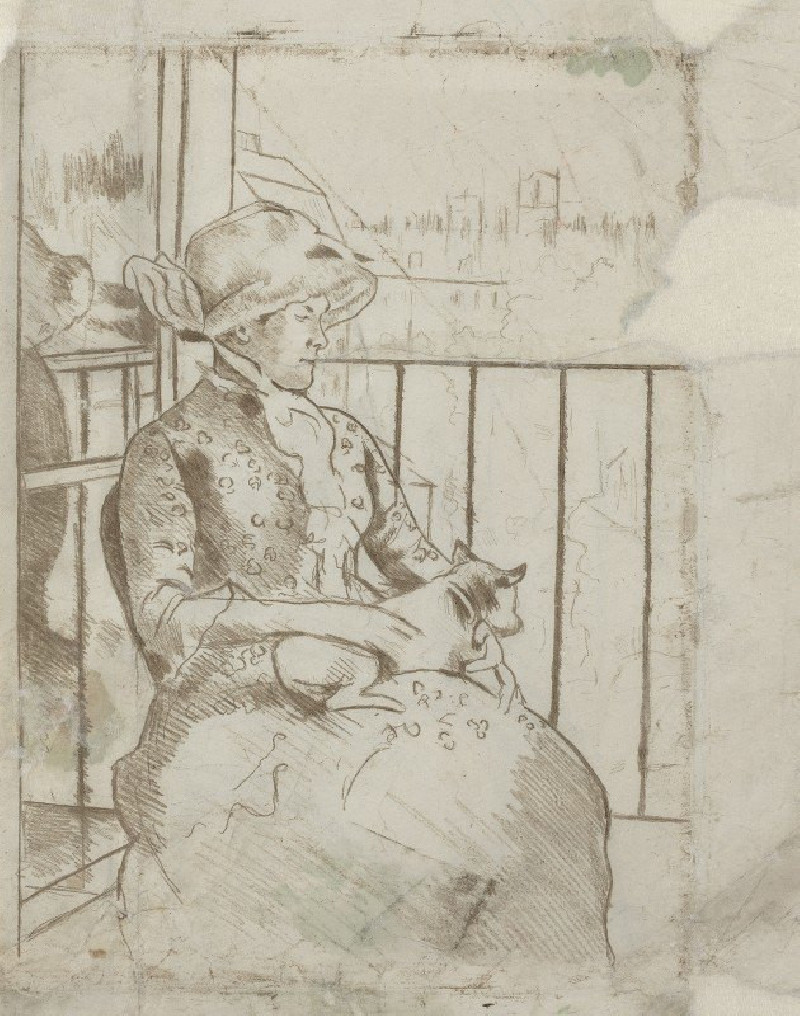


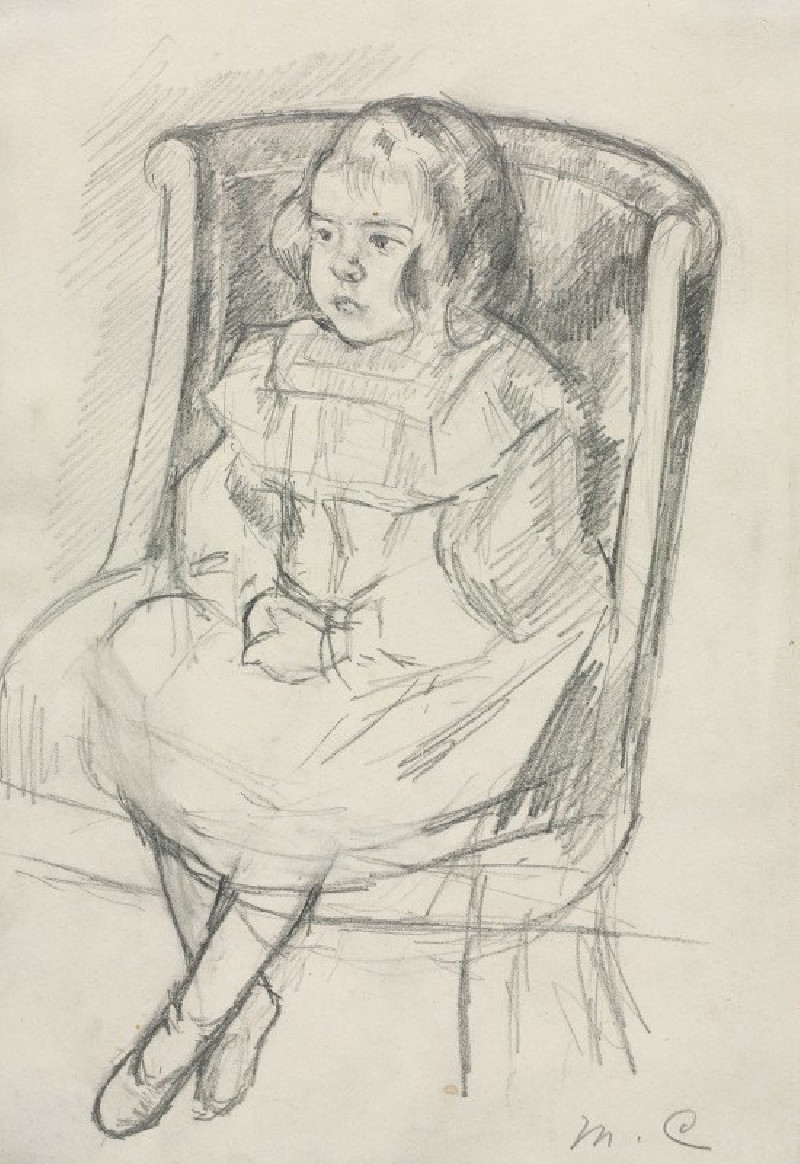

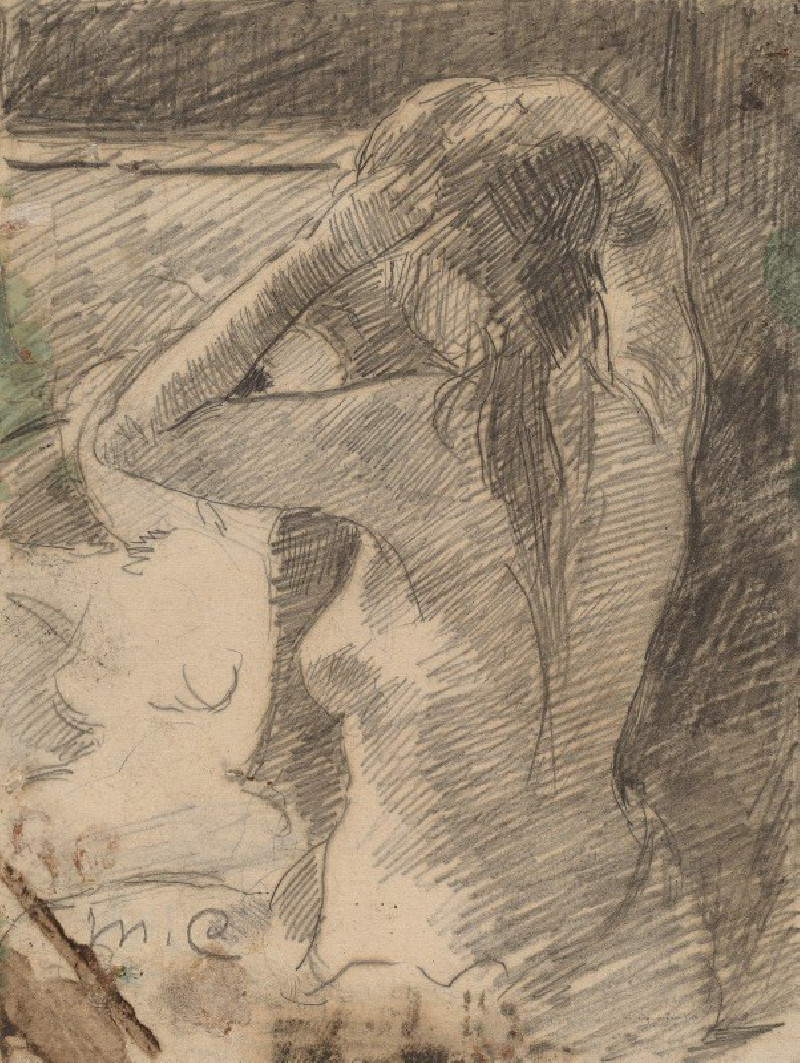
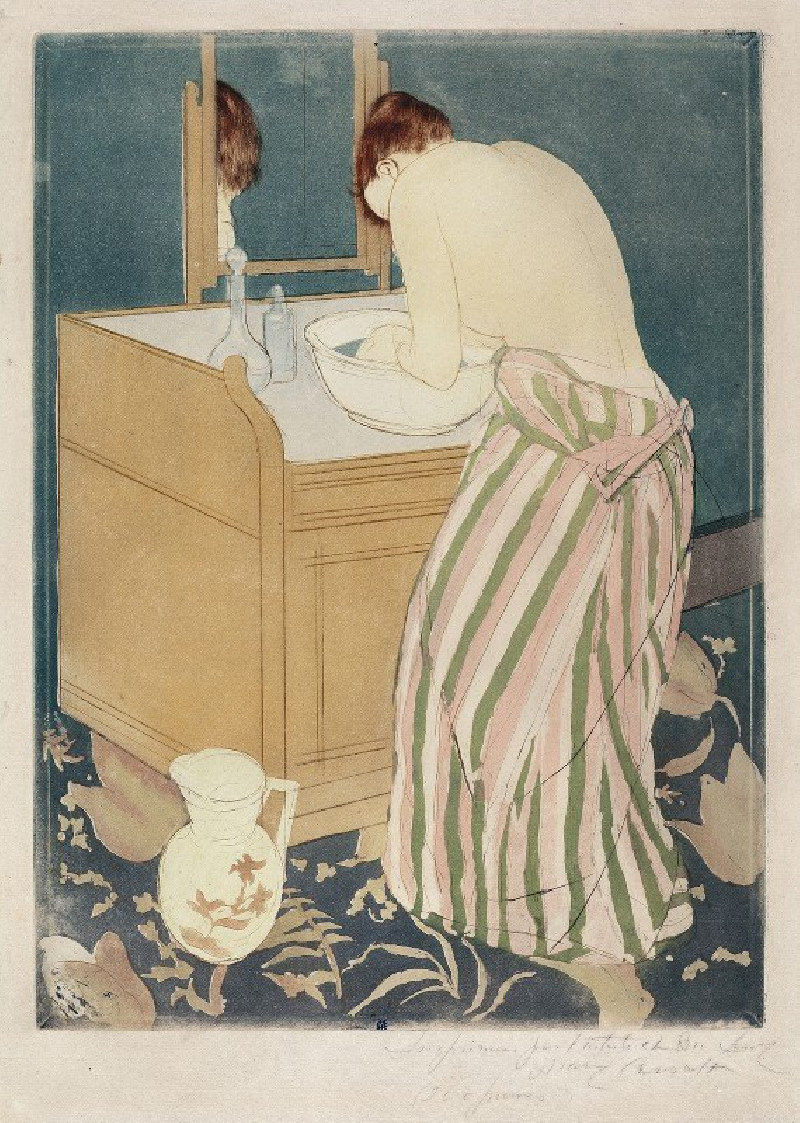

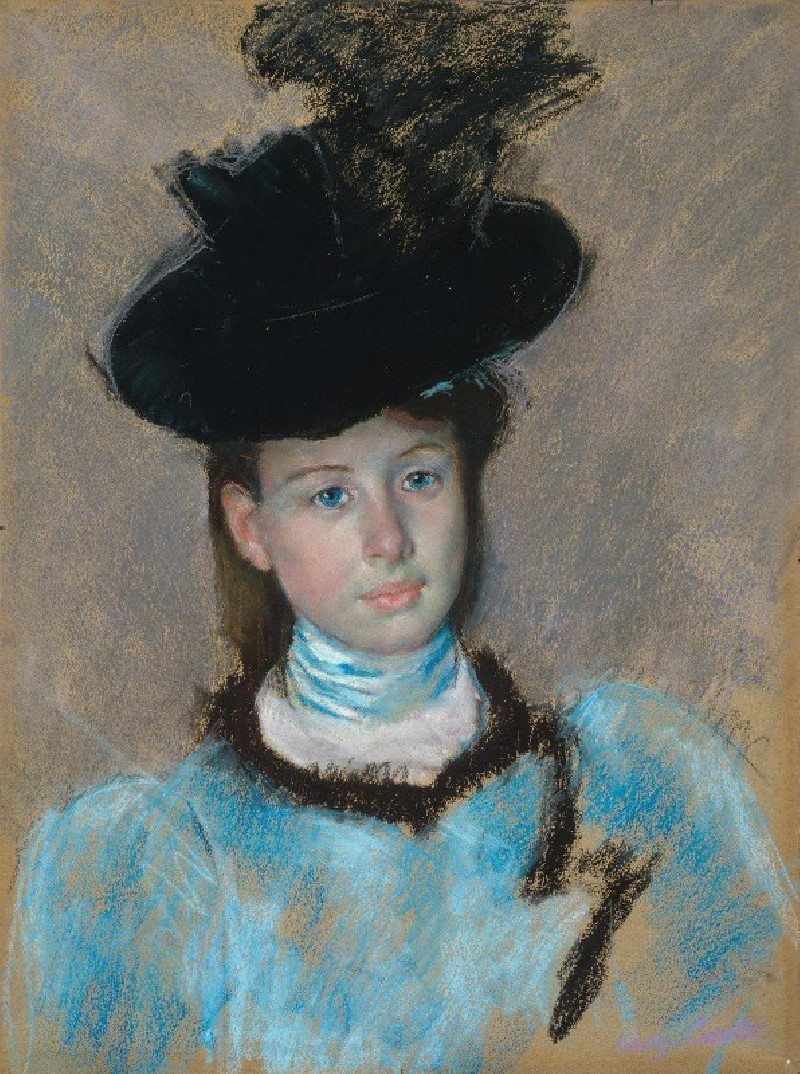
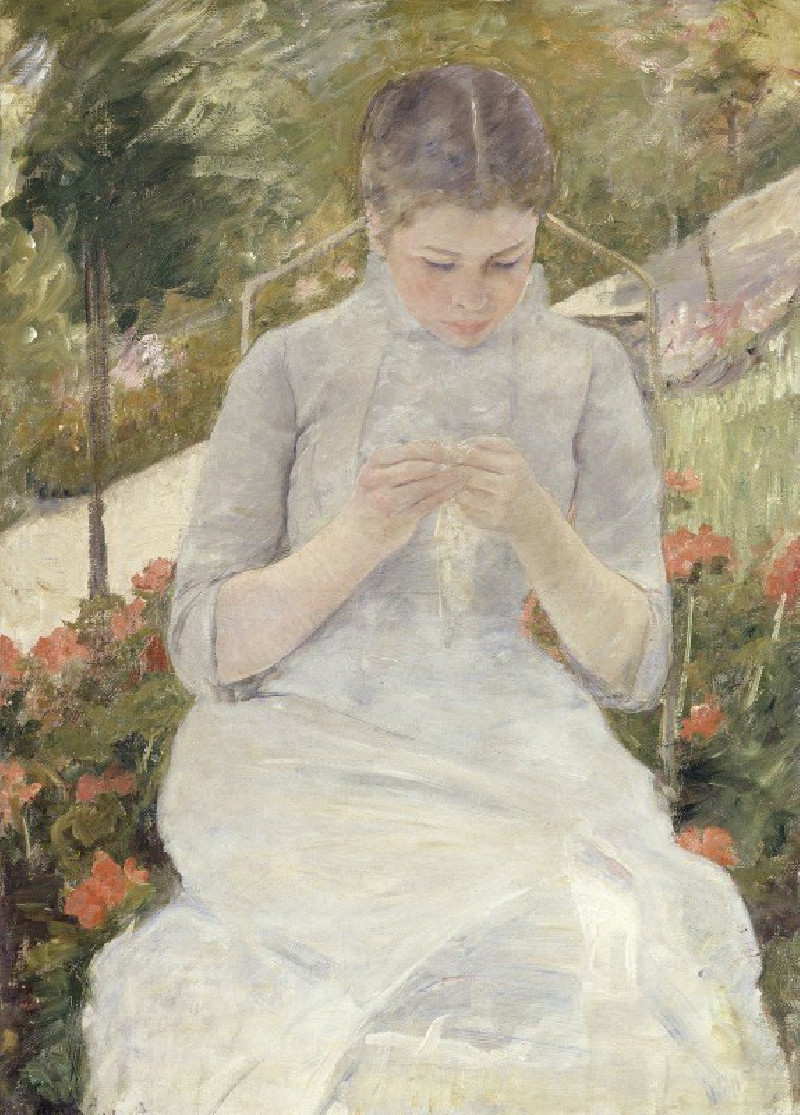
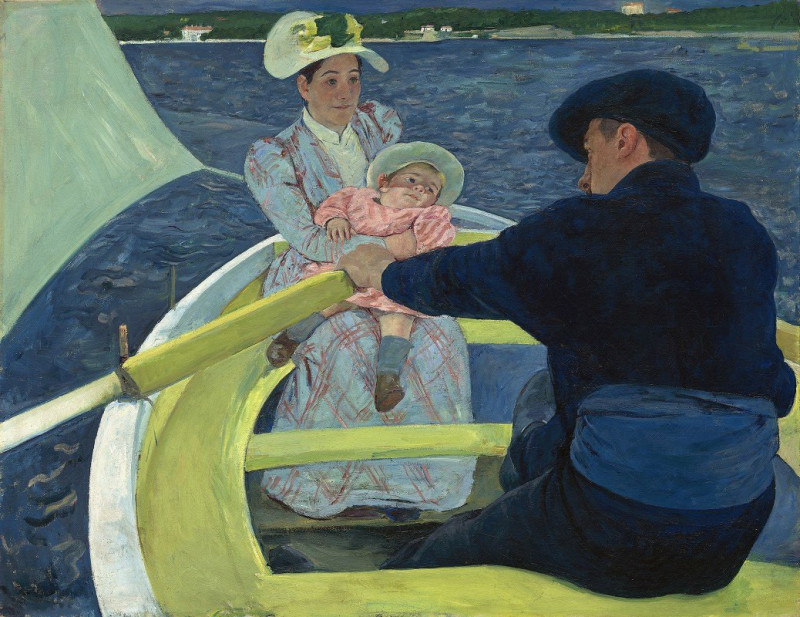


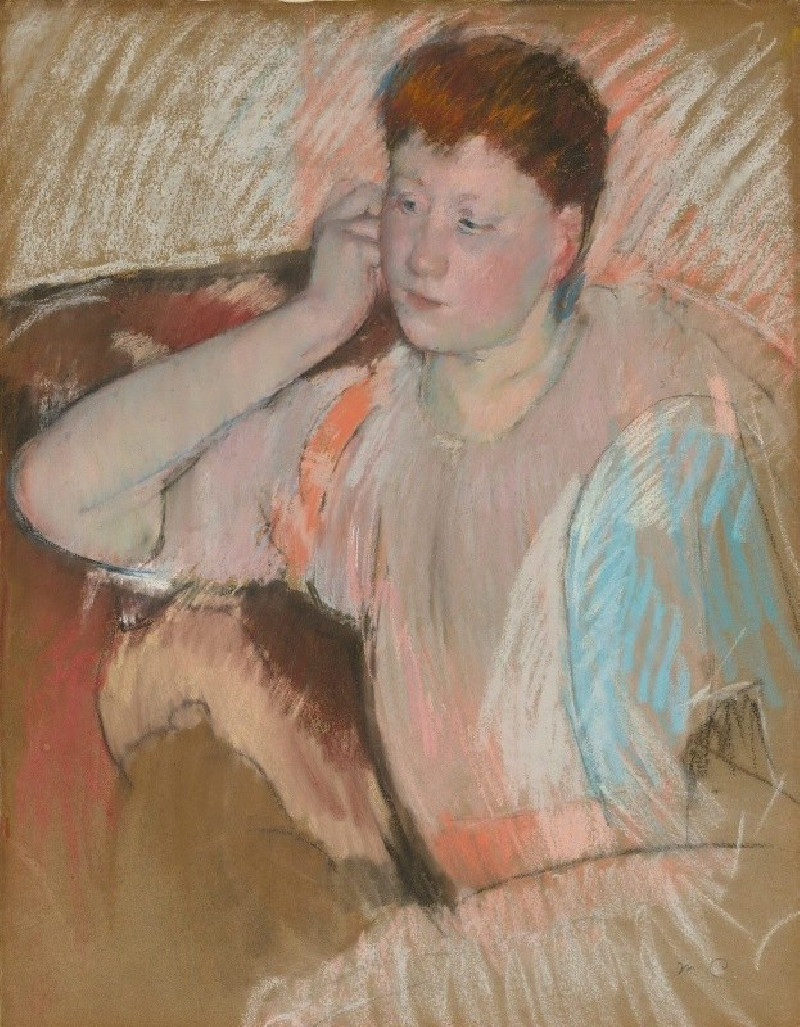
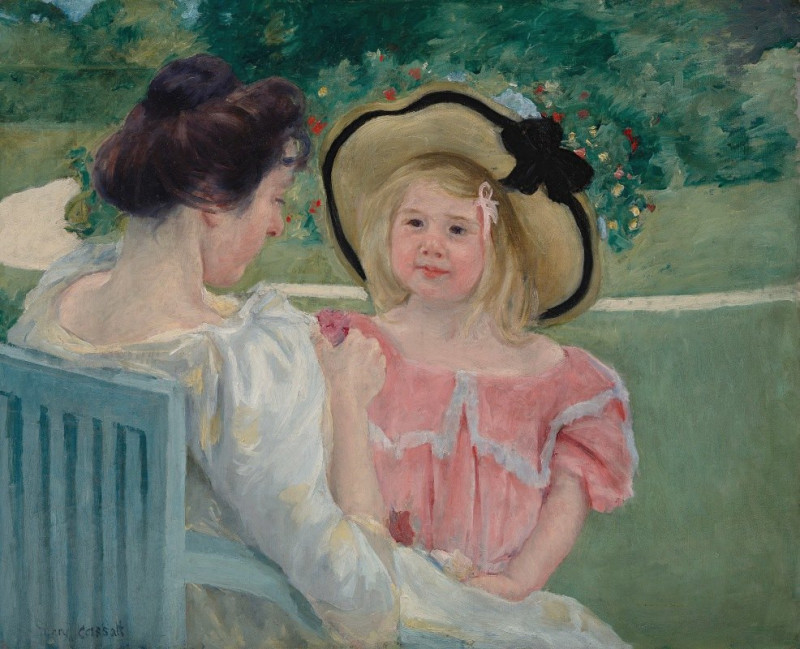
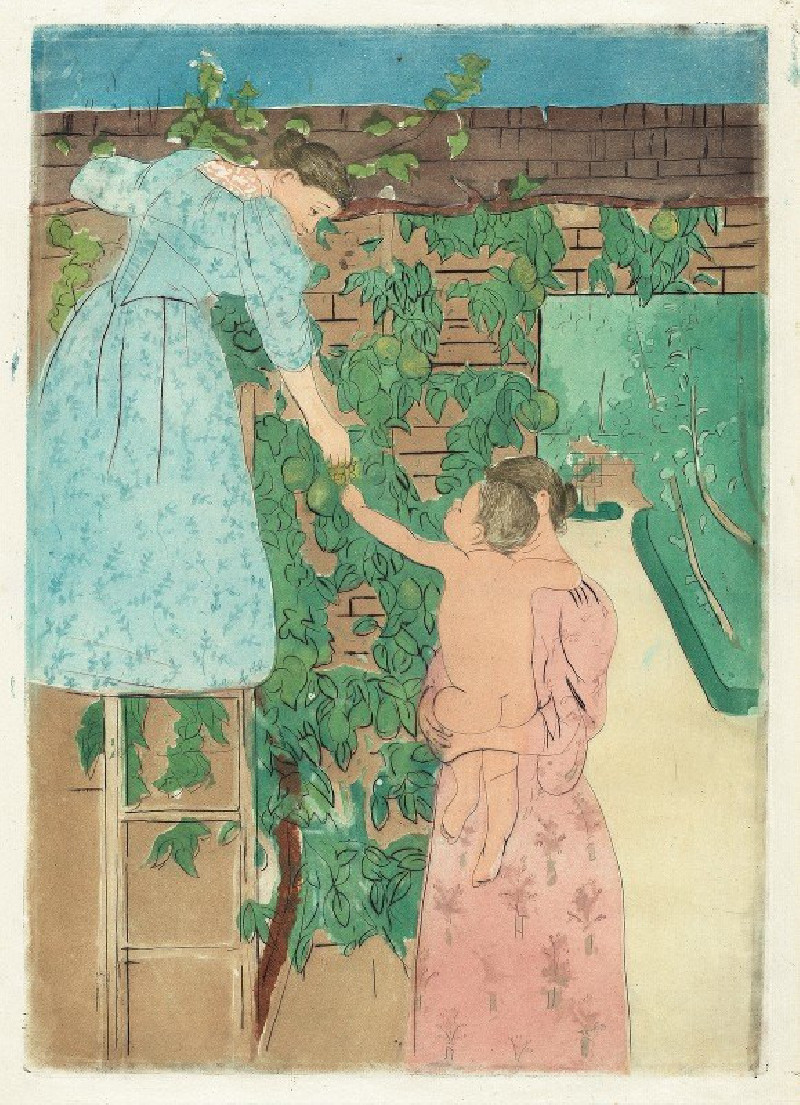
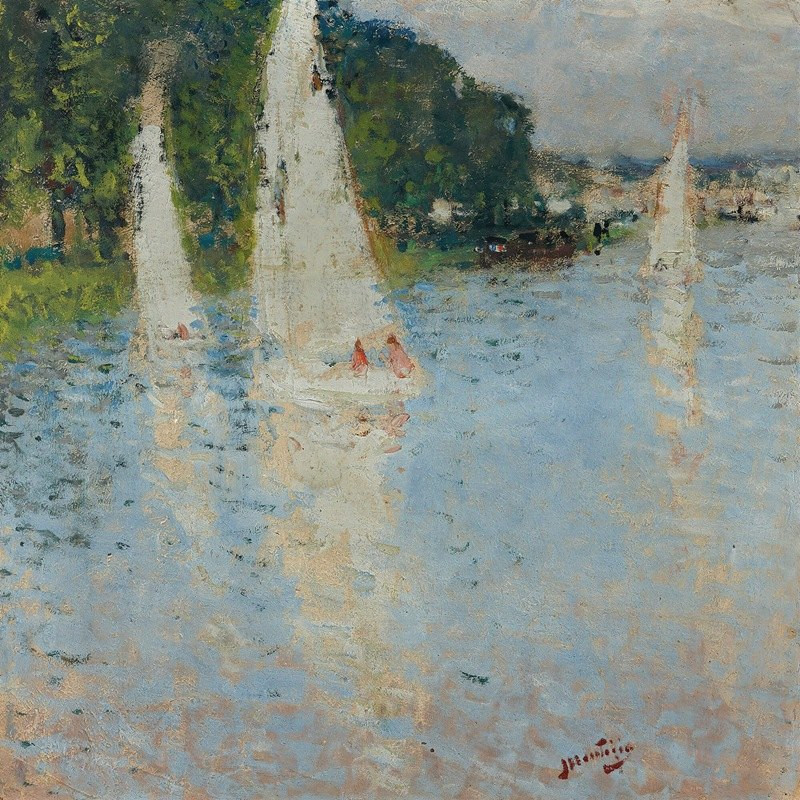
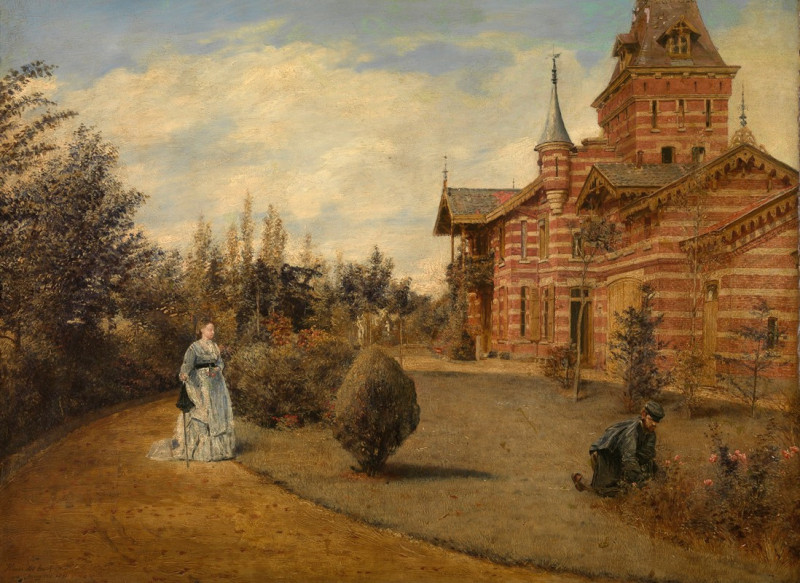
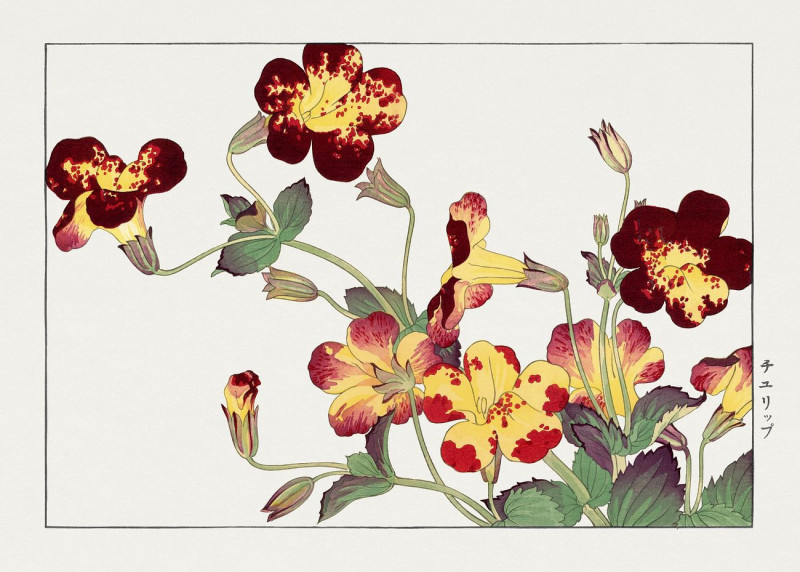
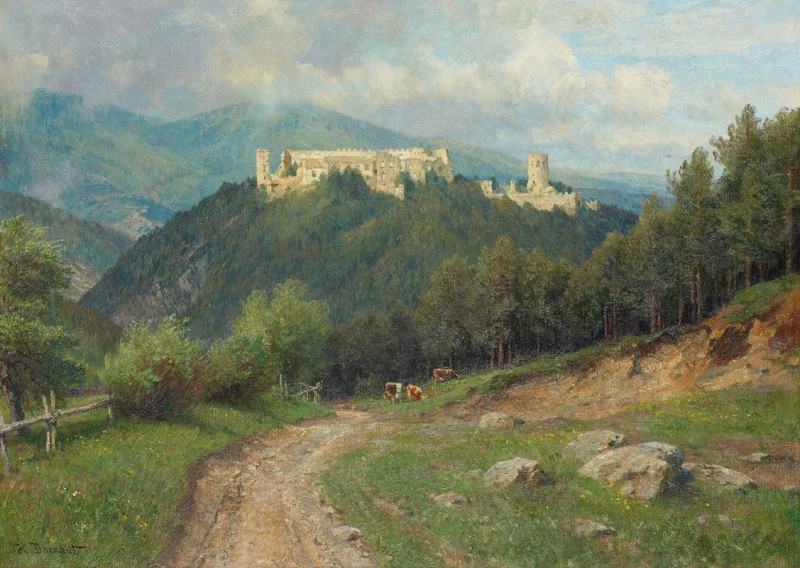



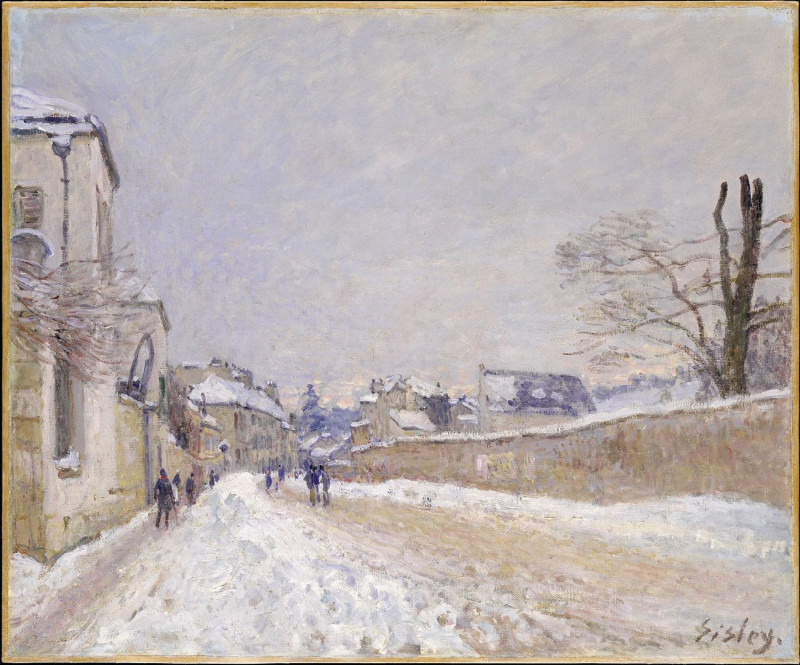
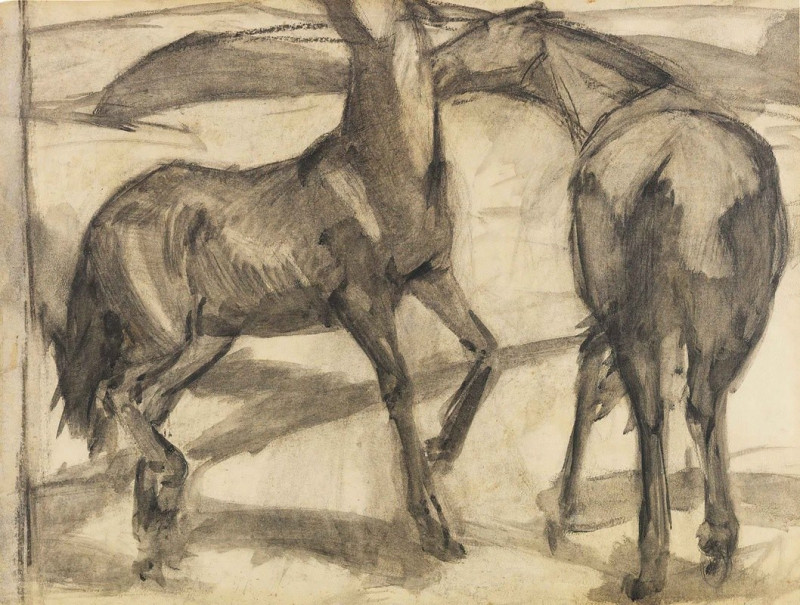
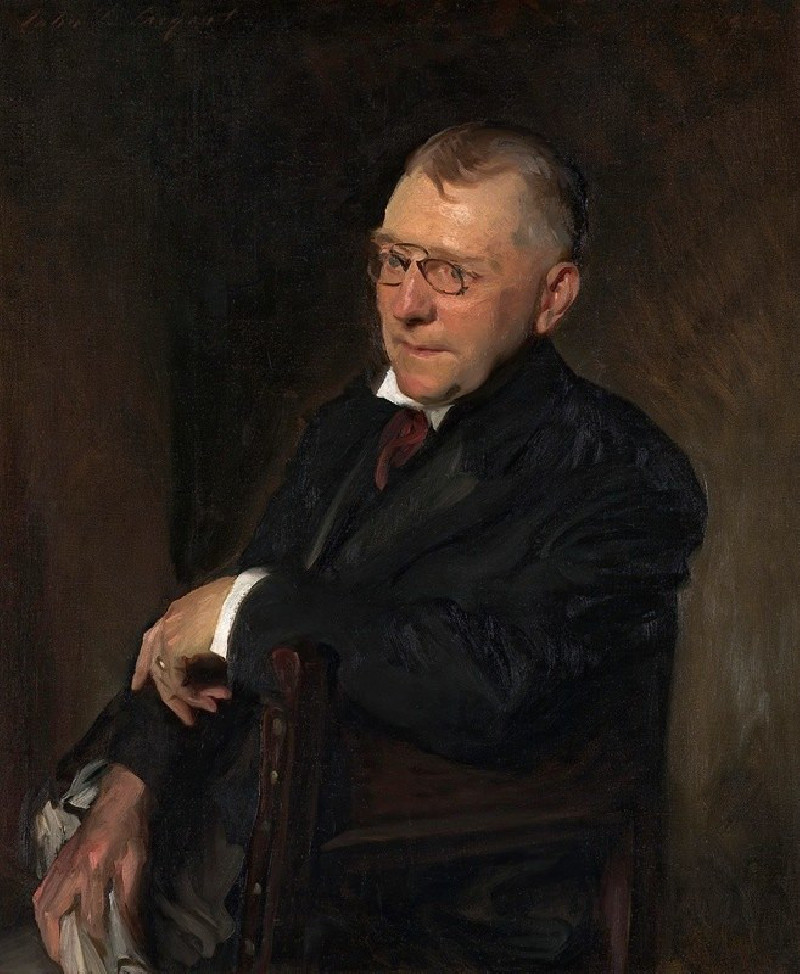
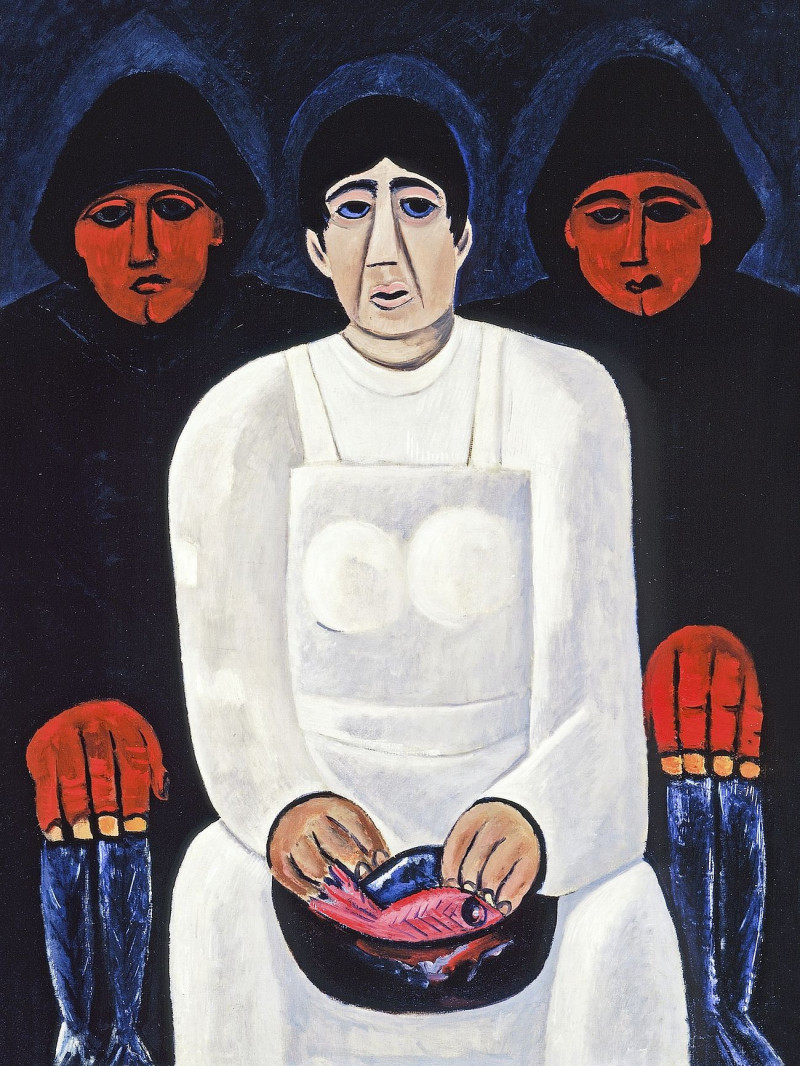

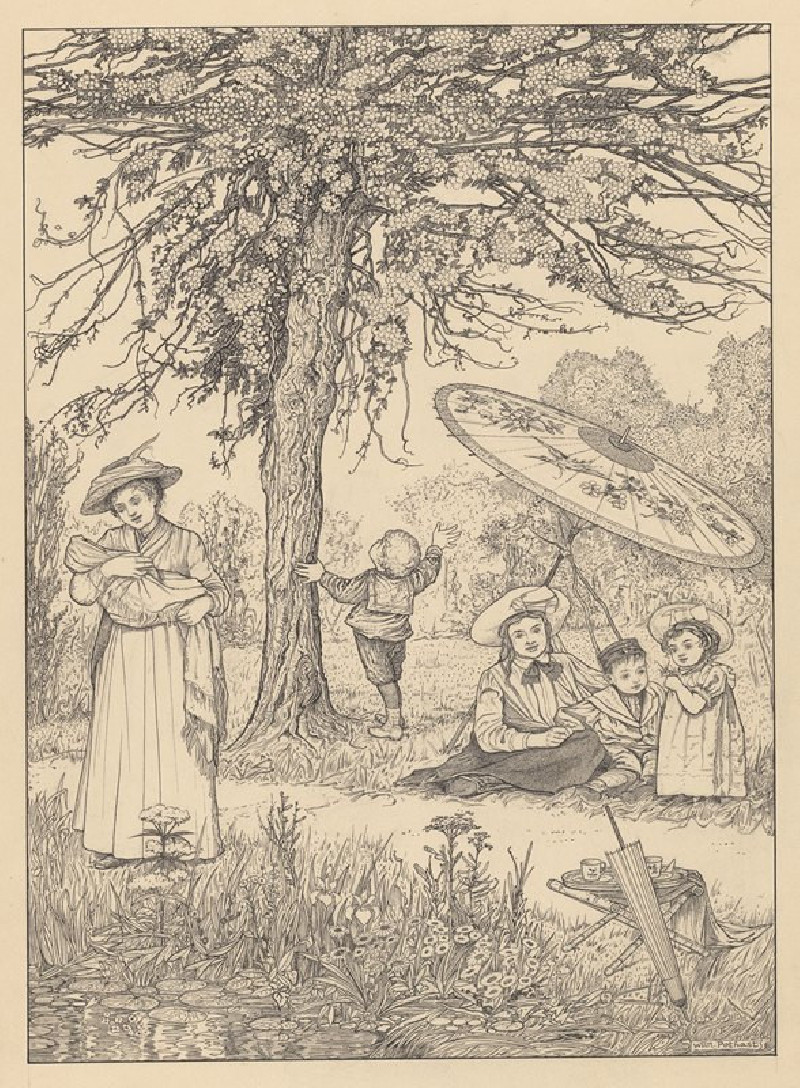
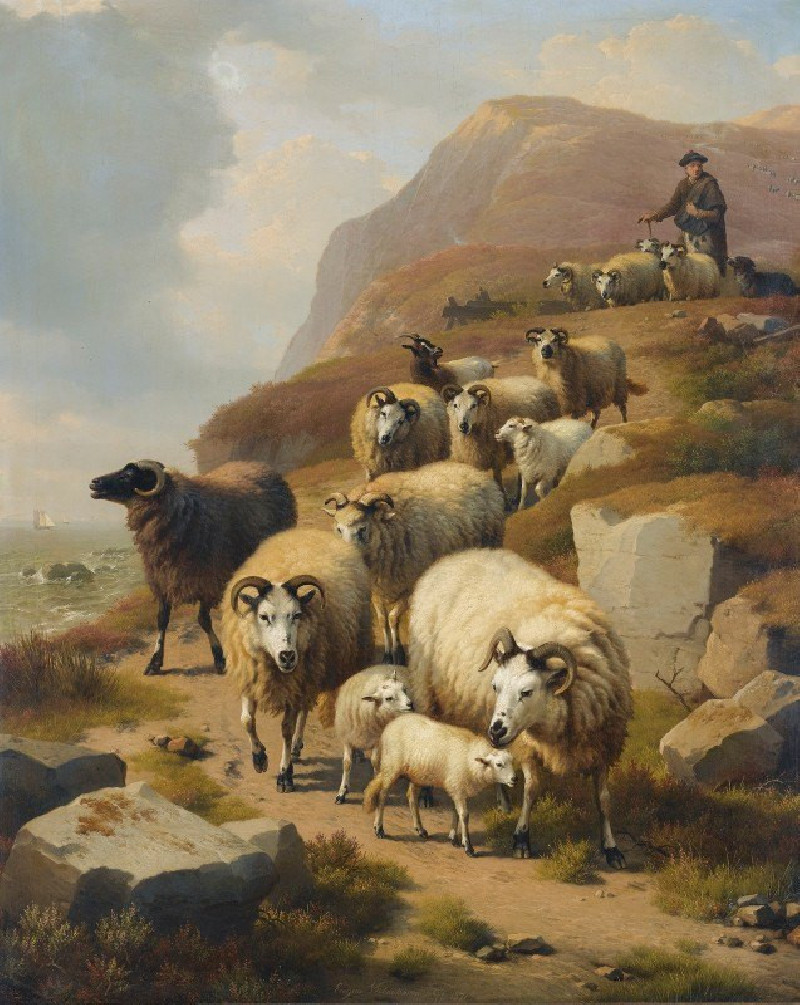

![Crinum Pedunculatum. [River Lily] (1834) reproduction of painting by Priscilla Susan Bury. ALL GICLEE PRINTS](https://reprodukcijos.lt/58219-large_default/reproduction-of-crinum-pedunculatum-river-lily-1834.jpg)